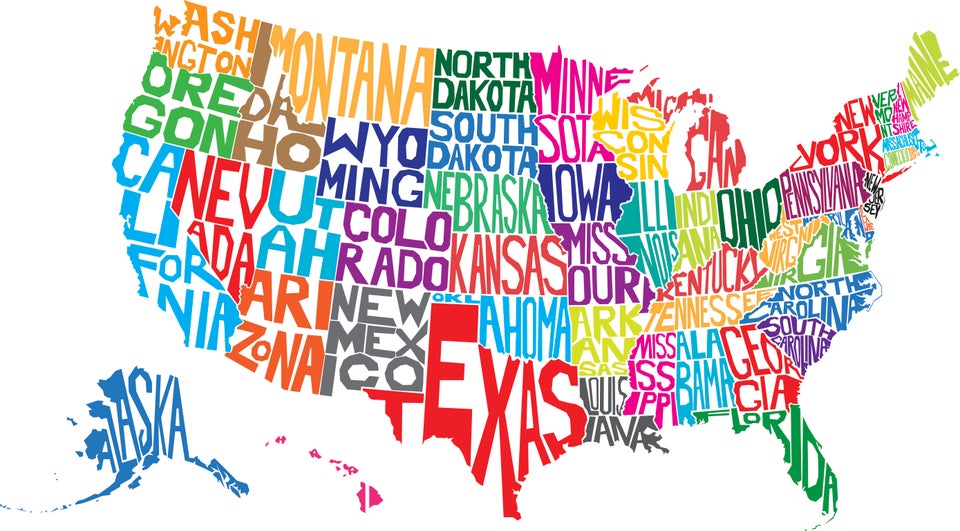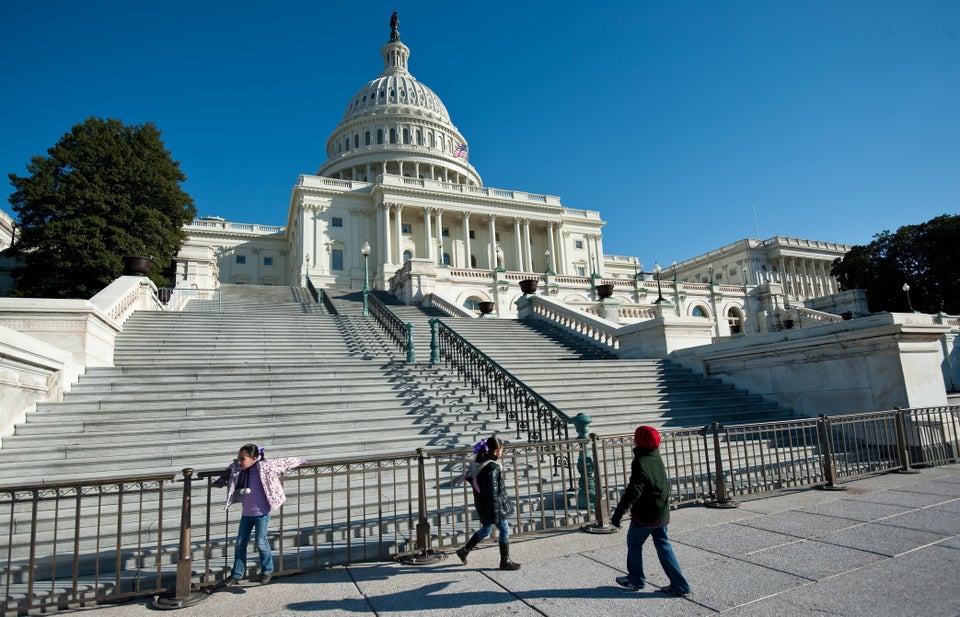
There was a point where something as simple as standing in line at a post office made Dolores Rangel nervous.
That’s because she feared the person at the counter would only speak English, which she didn’t know how to do even though she has been living in the United States for almost three decades and is a naturalized U.S. citizen.
“There was a time when I had to leave the post office, because it made me so nervous to see that there wasn’t anyone there who spoke Spanish,” Rangel, who was born in Mexico, told VOXXI. “I told myself, ‘I can’t do this.’”
Tired of facing similar situations and yearning to communicate better with people, she began taking English classes last year at Unlimited Potential, a nonprofit group located in south Phoenix. She attends a three-hour class four days a week.
“I feel like I’ve learned a lot in just one year,” she said. “I feel more confident now.”
Not enough English classes to meet the demand
Rangel is one of the thousands of people living in Arizona who speak limited English.
A report released in July by the Migration Policy Institute shows there was an estimated 582,900 people, or nearly 10 percent of the state’s population, who fell into the limited English proficiency category in 2011. That’s up from 276,000 in 1990.
The increase in the number of limited-English speakers in Arizona has caused the demand for English classes in the state to increase significantly.
But community organizations that offer English classes for free or at a low cost haven’t been able to keep up with the growing demand. Rangel said she was on the waiting list for a year before she could begin taking classes at Unlimited Potential.
Lorraine Moya Salas, executive director of Unlimited Potential, told VOXXI her organization has expanded significantly since it began running 28 years ago.
However, she said the group hasn’t been able to keep up with the growing demand for English classes. It currently offers English classes to about 150 students a year at a cost of $75 a semester. Most of the students are first-generation immigrants from Mexico.
“We have about 200 to 300 people on the waiting list,” Salas said. “Many of them are on our waiting list for one or two years, sometimes three years, before they get into the program.”
Shortage of English classes not only happening in Arizona
The rise in the number of limited-English speakers and the shortage of English classes is not only happening in Arizona. It’s also happening in many parts of the U.S. as the number of people who fall into the limited English proficiency category grows nationwide.
The Migration Policy Institute report shows the number of limited-English speakers living in the U.S. went from 14 million in 1990 to 25.3 million in 2011. That’s an increase of 81 percent.
Limited-English speakers now make up about 9 percent of the U.S. population. More than half of them live in five states: California, Texas, New York, Florida and Illinois. Most of them speak Spanish and come from Latin American countries.
Like in Arizona, organizations providing English classes in the Washington, D.C., area have also seen a rise in the number of people seeking English classes in the last two decades.
One of those organizations is Language ETC, which offers three-month-long English classes for a cost of $120. About 750 students enroll for classes every three months.
“We definitely turn away people because we don’t have enough space to accommodate everybody that comes, and I know other programs in this area don’t have enough space either,” Mercedes Lemp, executive director of Language ETC, told VOXXI.
Language ETC began providing English classes at a church basement more than 20 years ago. But with more immigrants — mostly from Latin American countries — arriving to the area over the last two decades, Language ETC began expanding. The group is looking to expand even more in the near future.
More funding needed to meet increasing demand
Lemp and Salas both agree there aren’t enough English classes to meet the demand because there isn’t enough money being allocated to fund such classes.
“Funding is a big issue for us,” Lemp said. Her group gets most of its funding from donations, grants and the state. However, she said, “It’s still not enough.”
Salas’ group is facing a similar problem. She said Unlimited Potential, which gets most of its funding from donations and grants, had to begin charging for classes this year because funding was so scarce.
They both agreed additional funding will be crucial as the population of limited-English speakers continues to grow and especially if Congress approves an immigration reform bill — like the Senate-approved bill — that requires undocumented immigrants to learn English before they can seek a legal status.
“I do think that there is going to be a huge increase in the level of demand for English classes if immigration reform passes,” Salas said.
When asked if she thinks the country would be prepared to provide enough English classes for undocumented immigrants seeking a legal status under immigration reform, Lemp said:
“No. I don’t think we’re ready for the demand we have now so definitely funding would have to be increased to address the increase in demand.”
Originally publishes on VOXXI as Not enough English classes as number of limited-English speakers rises
Before You Go








